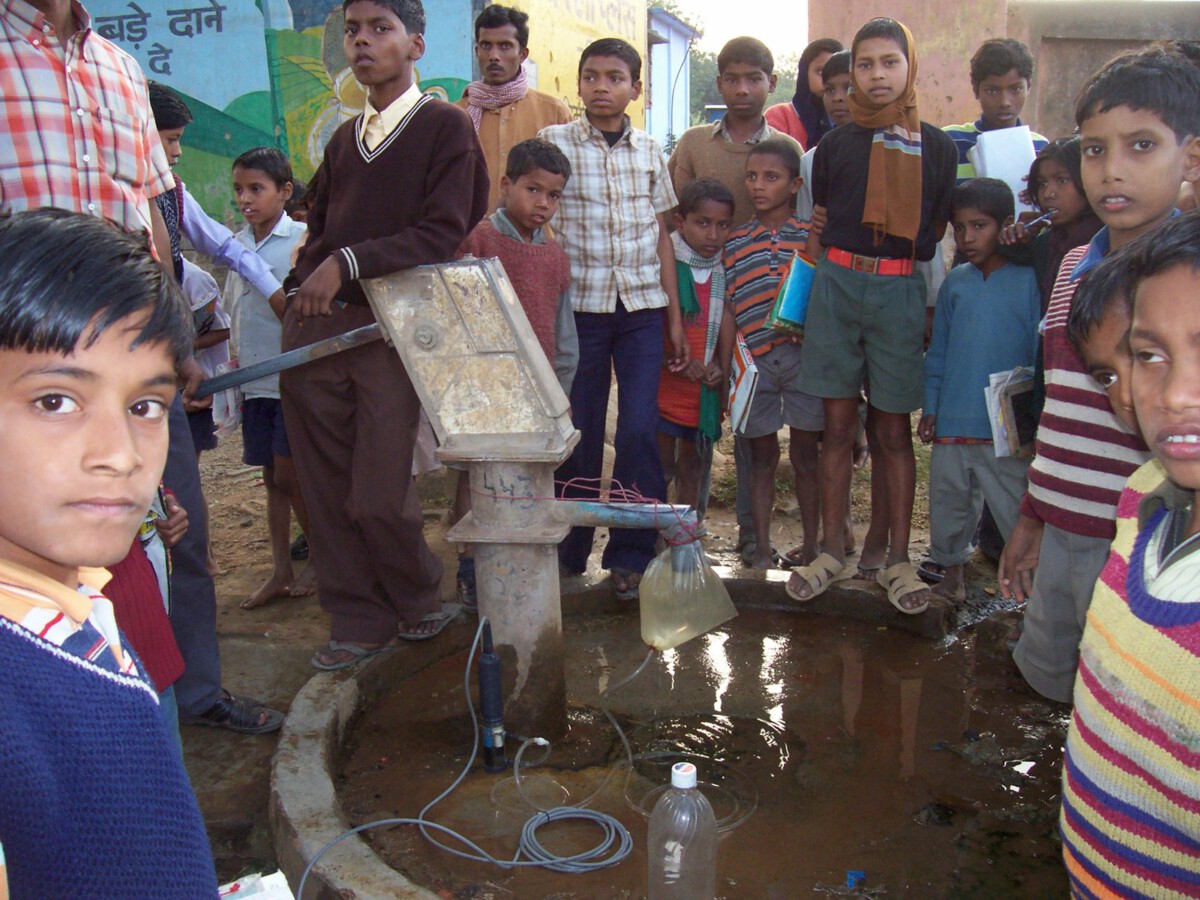The Hidden Killer in Our Cities

Picture this: you’re standing in downtown Phoenix on a summer afternoon, and the thermometer reads 110°F. But just twenty miles away in the countryside, it’s only 103°F. That seven-degree difference isn’t just uncomfortable—it’s deadly. Heat-related mortality in the USA causes more deaths (around 1500 per year) than other severe weather events, and the culprit isn’t just global warming.
Urban heat islands are turning America’s cities into furnaces, and most people don’t even realize they’re living in one. In the United States, the heat island effect results in daytime temperatures in urban areas about 1–7°F higher than temperatures in outlying areas and nighttime temperatures about 2–5°F higher. It’s like having a constant fever that never breaks.
The Scale of America’s Heat Problem

More than half of the global population and about 80% of the U.S. population lives in cities, which means roughly 264 million Americans are experiencing these elevated temperatures daily. Climate Central calculated the urban heat island (UHI) index in 37,094 census block groups across 65 large U.S. cities with a combined population of over 50 million. The numbers are staggering when you realize this represents only 15% of the total U.S. population.
Think of it this way: if urban heat islands were a country, they’d be home to more people than Brazil. For example, on a 96°F day in rural northern Texas, people living or working in a Dallas neighborhood with a UHI index value of 9°F would experience temperatures of at least 105°F. That’s the difference between uncomfortable and dangerous.
Why Cities Turn into Ovens

The transformation of natural landscapes into concrete jungles creates a perfect storm for heat accumulation. Structures such as buildings, roads, and other infrastructure absorb and re-emit the sun’s heat more than natural landscapes such as forests and water bodies. Urban areas, where these structures are highly concentrated and greenery is limited, become “islands” of higher temperatures. It’s like replacing a natural air conditioner with a giant space heater.
Conventional human-made materials used in urban environments such as pavements or roofing tend to reflect less solar energy, and absorb and emit more of the sun’s heat compared to trees, vegetation, and other natural surfaces. Often, heat islands build throughout the day and become more pronounced after sunset due to the slow release of heat from urban materials. The city becomes a thermal mass that just won’t cool down.
The Deadly Health Toll

The health impacts extend far beyond discomfort. Heat exposure is associated with several non-fatal health outcomes, including heat strokes, dehydration, loss of labor productivity, and decreased learning. Recent research from 2024 shows an even more alarming picture: there is a 56% higher risk of heat-related mortality in urban areas vs rural areas.
The mental health impacts are equally concerning. Rising incidence of kidney disease and mental illness associated with exposure to urban heat are other devastating effects. The health effects of extreme heat events have the potential to overwhelm health systems, which in turn may have further negative health consequences. It’s like a domino effect that starts with temperature and ends with system collapse.
America’s Environmental Justice Crisis

Here’s where the story gets even more troubling. According to a 2021 study, people of color and those living below the poverty line are disproportionately exposed to urban heat island intensity in 169 of the largest U.S. cities. The EPA found that “Black and African American individuals are 40% more likely than non-Black and non-African American individuals to live in areas with the highest projected increases in extreme temperature related mortality”.
This isn’t accidental—it’s the result of decades of discriminatory housing policies. Historically disadvantaged communities, particularly communities of color and low-income populations, tend to live in neighborhoods with higher temperatures relative to adjacent areas within the same city. These intra-urban hotspots are often characterized by landscapes with more heat-absorbing buildings and pavement and fewer cooling green spaces. Environmental racism has literally made some neighborhoods hotter than others.
The School Crisis Nobody’s Talking About

America’s children are bearing the brunt of this crisis in ways that should alarm every parent. The analyzed areas include 12,021 K-12 public schools with nearly 6.2 million enrolled students. The majority (76%, or 4,680,558) of these students attend school in extreme urban heat zones, or neighborhoods where the built environment adds at least 8°F of additional heat. Imagine trying to learn when your classroom feels like an oven.
An estimated 41% of public school districts need to replace or update HVAC systems in at least half of their schools. The average U.S. public school is about 50 years old. These buildings weren’t designed for today’s climate, and kids are paying the price with their health and education.
The Economic Burden That’s Crushing Cities

The financial toll of urban heat islands is staggering. These islands represent a significant economic cost. This means higher electricity use as air conditioning units work overtime to counter the outside heat. Thermal expansion due to high temperatures leads to cracks in roads and bridges, pavement deformation, and buckling of railway tracks. In cities with a higher incidence of UHI, like Phoenix, Arizona, increased maintenance of roads and energy costs strain municipal budgets.
It’s not just about comfort—it’s about survival. Waste heat from vehicles and buildings can raise local temperatures by 3–5°F (2–3°C), playing an important role in contributing to UHI effects even in winter. Cities are literally cooking themselves from the inside out.
The Federal Government Finally Takes Notice

The good news is that federal agencies are finally treating this as the crisis it is. During the 2023 urban heat island campaigns, 942 community scientists took more than one million measurements in 19 U.S. communities. This summer NOAA, in partnership with the U.S. Departments of Health and Human Services and Housing and Urban Development, as well as community scientists, will map the hottest neighborhoods in 14 U.S. communities.
This isn’t just data collection—it’s emergency response. Identifying these areas, called urban heat islands, helps communities take action to reduce the health impacts of extreme heat and provides cooling relief for those living in the hottest areas. After decades of ignoring the problem, we’re finally mapping the danger zones.
Trees: The Ultimate Urban Air Conditioner

The most promising solution is literally growing on trees. Trees and green spaces have an outstanding capacity to cool the air in cities: according to a study on more than 600 European cities, urban trees reduce air temperature by 0.8 degrees on average. But it’s not just about temperature—it’s about transformation.
A study in Manchester found that increasing 5% of mature deciduous trees can reduce the temperature by 1 °C. Tree coverage for at least 1/3 of the total area is needed to reduce by 1 °C temperature. UGI is found to cool European cities by 1.07 °C on average, and up to 2.9 °C, but in order to achieve a 1 °C drop in urban temperatures, a tree cover of at least 16% is required.
Revolutionary Cooling Technologies

Innovation is happening faster than ever, and some solutions sound almost too good to be true. Cool pavements are an alternative to conventional concrete or asphalt sidewalks and roads, which can reach peak summer temperatures of 120–150°F. Cool pavements are reflective and/or permeable materials that help reduce surface temperatures. Case study: Cool pavement coatings were part of a test in Phoenix, Arizona, which resulted in a 12°F drop in road surface temperature.
The possibilities are endless when you think creatively. Green roofs are an effective heat island reduction strategy, providing both direct and ambient cooling effects. They also improve air quality by lowering temperatures, absorbing pollutants, and preventing additional air pollution. Cities are literally putting gardens on their rooftops to fight the heat.
Success Stories That Give Us Hope

Some cities are already proving that change is possible. In Medellin, Colombia, the city has planted over 8,000 trees to create an interconnected network of green spaces across the city. City officials estimate that after three years of implementation, the urban heat island effect in Medellin has been decreased by 2 degrees Celsius (3.6 degrees Fahrenheit). That’s like moving your entire city to a cooler climate zone.
Phoenix, AZ has been working to improve their bus shelters to cool passengers as they wait for buses by designing them to provide maximum shade. Route prioritization between vulnerable areas and cooling centers is something else that local leaders can consider. Even small changes can save lives during heat waves.
The Money Is Finally Flowing

For the first time in decades, serious federal funding is available for heat mitigation. The Inflation Reduction Act includes Neighborhood Access and Equity Grants, providing competitive grants for transportation infrastructure overhauls as well as explicit approval for urban heat mitigation projects. The IRA also allocates $1.5 billion to the U.S. Forest Service’s Urban and Community Forestry Program. This isn’t just pocket change—it’s a game-changer.
NOAA holds their annual Urban Heat Island Mapping campaign, which cities can apply for funding and technical assistance. Furthermore, your state is likely to have grants for tree planting. The resources are there; cities just need to grab them.
The Future We’re Fighting For

The stakes couldn’t be higher. Research predicts that the heat island effect will strengthen in the future as the structure, spatial extent, and population density of urban areas change and grow. By 2100, heat related mortality in Europe is expected to increase by about 50 times because of climate change augmented by urban expansion. We’re not just fighting today’s heat—we’re fighting tomorrow’s inferno.
But there’s reason for hope. Extreme heat can be devastating, but there are tools every community can use to make measurable differences to reduce heat hazards to health, energy systems and our economies. By adjusting the same land cover components that are the largest contributors to an urban heat island — such as buildings, trees and streets and built materials — cities can dramatically lower their temperatures. The solutions exist; we just need the will to implement them.
Conclusion: The Time to Act Is Now

America’s cities are literally heating up, and the consequences are already deadly. Every summer that passes without action means more heat-related deaths, more overwhelmed hospitals, and more children struggling to learn in overheated classrooms. The federal government has finally recognized this crisis, funding is available, and proven solutions exist. The question isn’t whether we can cool our cities—it’s whether we’ll act fast enough to save lives. How many more summers will we let our cities burn before we plant the trees that could save us?





